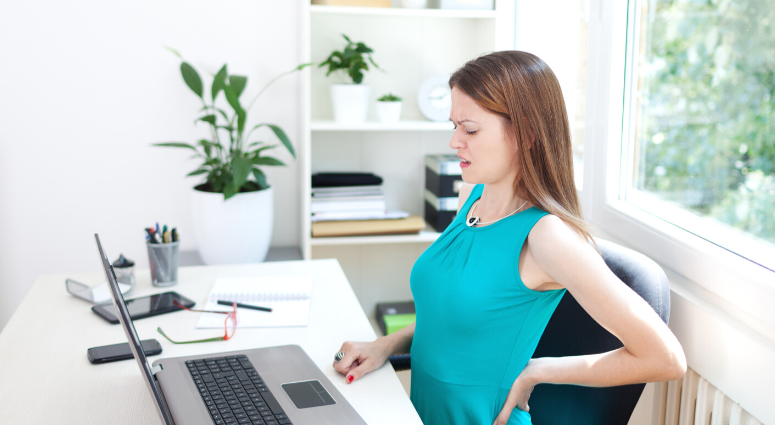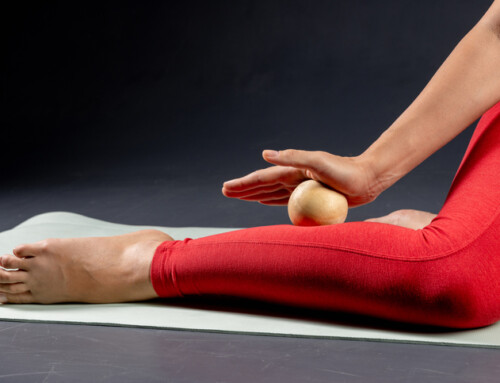by Caroline McKeighan, SPT
Tips To Avoid Non-Specific Low Back Pain
Low back pain and non-specific low back pain is a problem that many people deal with and can be extremely debilitating; in fact, studies have shown that roughly 80% of individuals in the United States will experience at least one bout of low back pain at some point in their lives. While some may know exactly what caused their back pain, whether it came on right after a fall or started following a car accident or sports, many people can’t exactly pinpoint an event or incident that caused their back pain. When there is no obvious cause of low back pain we often refer to it as non-specific low back pain, and while this can be frustrating for people, there are some common factors that are strongly correlated to low back pain.
Common Factors
- One of the major factors that contribute to non-specific low back pain is a sedentary lifestyle, meaning an individual doesn’t exercise regularly and is frequently sitting throughout the day. Unfortunately for some this is due to the type of work they are in. For example this issue is very common in individuals who have desk jobs and sit at a computer for the majority of their day. Most people don’t maintain proper posture and this can create different strains on many areas of the body, specifically the low back.
- Prolonged standing posture is also a common factor and something that correlates strongly to occupation type. Individuals who are required to be on their feet for most of their work day often experience low back pain. In standing there are greater compressive forces on the spine in general, but over time as the stabilizing muscles that support the spine get fatigued (naturally throughout the course of a long work day) we rely less on the musculature and more on the spine itself, which further increases the compressive forces.
- Improper lifting mechanics is another. Whether it is how you’re lifting boxes at work or how you picked up a heavy pot while gardening, lifting improperly can create an extreme amount of stress on the back
- Having a strong core is very important when it comes to maintaining ideal posture throughout a day, both in sitting and in standing. It is often found that in individuals experiencing low back pain, they have weak core musculature or difficulty using the core musculature in the appropriate way. If the core isn’t helping to support the trunk, it leaves the back with a lot more work to do.
What can you do?
While there are many types of solutions to dealing with low back pain, physical therapy being a huge one, there are small things that you can do throughout your day that may help.
- If you find yourself sitting for most of the day, make a conscious effort to get up every once in a while (every thirty minutes to an hour if possible), stretch out, and take a little walk.
- If you stand for most of the day, make sure you are wearing shoes that are comfortable and provide sufficient support for you. It would also be beneficial to get off of your feet regularly to allow your body to rest, having a chair nearby might make this easier.
- Exercise. As we like to say “motion is lotion”. getting up and moving is great for the body, and strengthening your body – especially your core – will be beneficial for multiple reasons including decreasing your risk of experiencing low back pain.
For more information on how Capital Area Physical Therapy can help avoid non-specific low back pain, contact us at 518-289-5242 to schedule an appointment at any of of our three physical therapy clinics in Queensbury, Malta and Saratoga NY.






